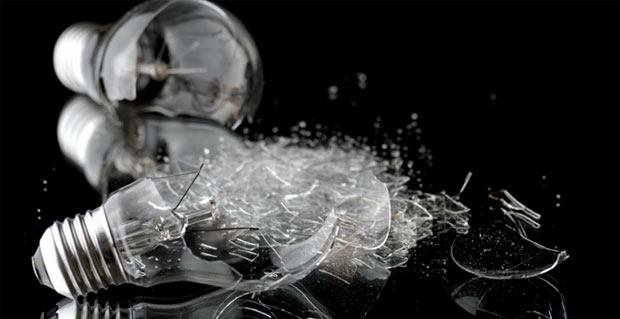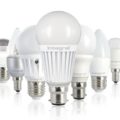Technological progress since the Industrial Revolution has seen a series of advances which ‘kill off’ an older generation of product or activity. On the high seas, steel ships replaced wooden ones, steam replaced sail, and oil replaced coal. In the home, flat screen TVs killed off CRT (Cathode Ray Tube) televisions, and broadband killed off dial-up.
In the world of lighting, LED light bulbs (with a little help from CFLs) will soon have killed off the incandescent lights invented in 1879 by Thomas Alva Edison. Today, LED light bulbs are the energy-saving alternative.
They retro-fit, making use of your existing fittings, and provide similar amounts of light using a fraction of the electricity. The E27 LED even takes its name from Edison: this wide screw bulb is sometimes known as a ‘wide Edison screw’.
The death of the incandescent bulb is also being brought forward by legislation. This started in 2005 when Brazil and Venezuela became the first countries to pass laws which would ban the sale of incandescent bulbs for general lighting.
Venezuela’s law came into effect on 31st December 2010. The European Union has also brought in plans to phase out most general incandescent bulbs, with exceptions, for example, for bulbs in fridges and ovens. Halogen bulb sales will be phased out by 2016.
In the UK, the gradual phasing out of incandescent bulbs started in 2009, and most will be gone by the end of 2011. This is through a voluntary agreement between the Government and electrical retailers ahead of EU laws banning their sale. Bulbs of 60W and above will be banned by 1st September 2011, and the final lower voltages from 1st September 2012.
This is good news for us all, as LED light bulbs deliver more light per watt of electricity, last longer, and cause less pollution. A typical 50 watt halogen bulb will last for about 2,000 hours. A 4 watt LED bulb, which provides the same light output, is likely to last for up to 50,000 hours.
According to Dr Michelle Moran of Cambridge University, LED light bulbs could reduce lighting’s proportion of electricity consumption from 20% of the total now, to only 5% by 2030.





This genuinely answered my dilemma, thank you!
Lots of helpful information. I have bookmarked your site.
[…] Thomas Edison: was an American scientist who invented the first long-lasting electric light bulb. This was an incandescent bulb, similar to the ones which are now being phased out in favour of more energy-efficient bulbs, such as LEDs. […]